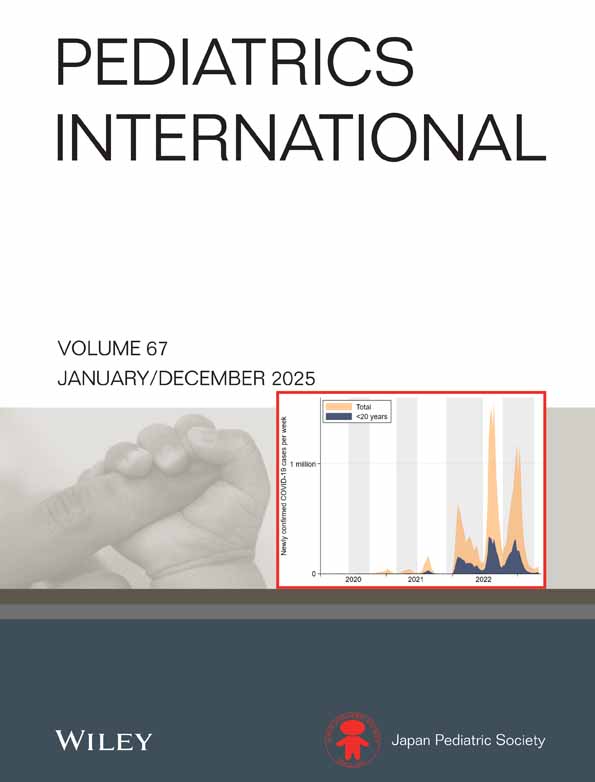Failure of cortisone acetate therapy in 21-hydroxylase deficiency in early infancy
Abstract
Abstract Background : Pediatric endocrinologists initially treat congenital adrenal hyperplasia with either cortisone acetate (CA) or hydrocortisone (HC). Despite high doses of CA, we noted that 17-hydroxyprogesterone (17-OHP) and corticotropin were not fully suppressed in serum from neonates with 21-hydroxylase deficiency (21-OHD) until they were 40- to 80-days-old. In contrast, serum concentrations of 17-OHP were suppressed immediately by oral treatment with HC.
Methods : We sought to understand the reason for this discrepancy. Serum cortisol (F), cortisone (E), and 17-OHP were measured by radioimmunoassay or high-performance liquid chromatography in seven neonates with 21-OHD and in 118 normal subjects. From the time of diagnosis, CA was administered to four of the neonates with 21-OHD, while HC was given to the other three.
Results : In normal subjects serum E concentrations were greater than F during the first 2 months after birth, whereas F concentrations exceeded E after 2 months of age. Although infants receiving CA initially were given a high dose, serum F concentrations were extremely low, while 17-OHP concentrations were high until about 2 months of age. Then serum F exceeded E, and 17-OHP became fully suppressed even though infants received only a moderate dose of CA. In contrast, HC administration successfully normalized serum 17-OHP in the neonatal period. With temporary switching of neonates from HC to CA, serum F concentrations immediately decreased and 17-OHP concentrations increased.
Conclusion : Conversion of E to F may be limited during early infancy, adversely affecting treatment with CA. Cortisone acetate may be inappropriate as a glucocorticoid replacement during early infancy in patients with 21-OHD.




